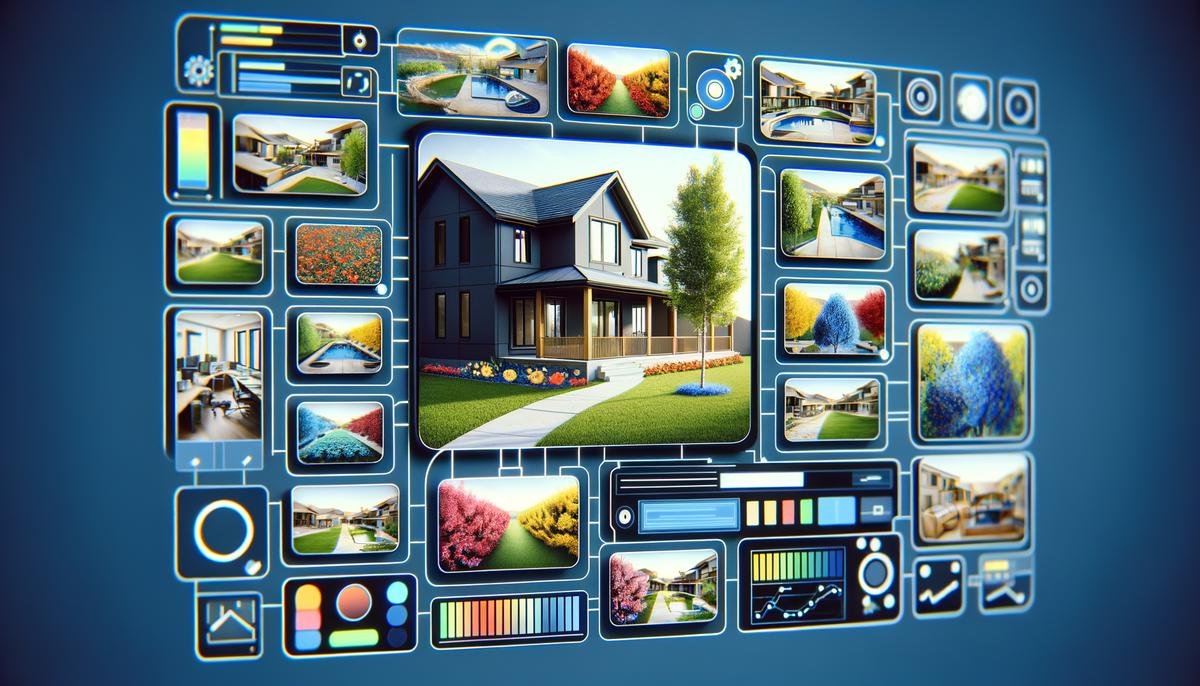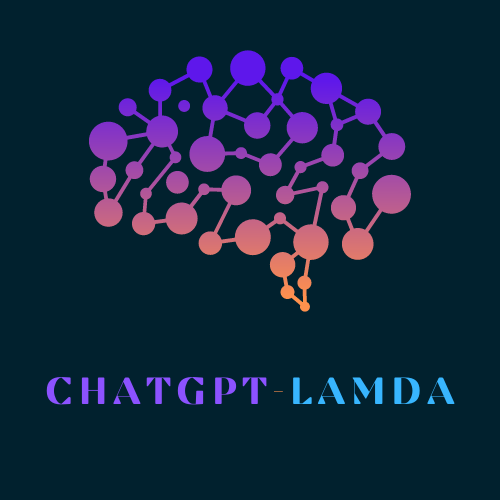Understanding Zestimate
Zillow's Zestimate, launched in 2011, is a digital tool for estimating home values. It uses public records, multiple listing service feeds, and user submissions to provide a general sense of a property's worth. The algorithm employs a neural network model, processing data from square footage to local market trends.
Zestimates have limitations. Their accuracy depends on input data quality, and home improvements not in public records may go unnoticed. Precision improves with more sales in an area, while less active markets result in broader value ranges.
Recent updates have increased Zestimate's adaptability to changing market conditions. However, it's important to note that Zestimates don't replace professional appraisals, as individual home details and market shifts often require human expertise.
Accuracy and Limitations
Zestimates have specific error rates:
- About 1.9% for listed properties
- 6.9% for off-market properties
Factors affecting accuracy include data inaccuracies and market dynamics. In active urban areas with frequent home sales, the algorithm benefits from richer datasets, improving accuracy. In quieter neighborhoods, limited sales data becomes a constraint.
Zillow refines its algorithm using expanded datasets and machine learning techniques. However, Zestimates can't substitute a professional appraisal or realtor's insight, especially for unique properties or volatile markets. Human expertise remains essential to capture nuances that AI might miss.
AI Enhancements in Zestimate
Advanced neural networks and image analysis integration have improved Zestimate accuracy. Computer vision techniques now examine property photos, assessing features like architectural style and landscape aesthetics. This visual data incorporation provides a more nuanced understanding of property characteristics.
The integration of visual and numerical data addresses some traditional Zestimate limitations, particularly when public records are outdated or incomplete. For example, image recognition tools can identify renovated kitchens or newly landscaped backyards.
While these improvements lead to more reliable estimate ranges, AI enhancements primarily serve as a robust supplementary tool rather than a definitive solution. They still benefit from professional appraisals and local real estate expertise.

Zillow Offers and AI Challenges
Zillow's Offers program revealed challenges in applying AI to real-world property transactions. The initiative faced difficulties in accurately forecasting future home prices, highlighting the complexities of relying solely on AI in a fluctuating real estate market.
AI excels at pattern recognition and quick data analysis but becomes less effective in complex, evolving situations where intuition and nuanced judgment are crucial. The program faced challenges when market variability unexpectedly accelerated or slowed home value changes.
This scenario underscored AI limitations in accounting for human emotions and unpredictable variables influencing the market.
Additionally, translating digital estimates into on-the-ground realities proved challenging, especially for properties with unique features or undisclosed issues.
The Zillow Offers experience highlights the importance of balancing algorithmic power with human insight in real estate transactions.

Comparative Analysis with Other Indexes
Zillow's Zestimate and the S&P CoreLogic Case-Shiller Index use different methodologies for property valuation:
- Case-Shiller index: Uses the repeat-sales methodology, assessing relative pricing changes by reviewing properties with multiple sales over time.
- Zestimate: Takes a more immediate viewpoint, integrating various data sources to provide near real-time valuation.
A notable distinction is their treatment of foreclosure resales. The Case-Shiller index includes these sales, while Zillow excludes them from Zestimate calculations. This reflects different approaches to market analysis, with Case-Shiller offering a broader view and Zestimate focusing on standard buyer-seller interactions.
Both tools provide valuable insights for different purposes: Zestimate for immediacy and current market snapshots, and Case-Shiller for historical perspective and long-term market movements.
In real estate valuation, technological tools like Zillow's Zestimate offer quick reference points, but they don't replace professional understanding. Balancing data-driven insights with human expertise remains essential for accurately assessing property values.
- Deloitte. Real Estate Predictions 2022. Deloitte Insights. 2022.
- Buildium. 2022 State of the Property Management Industry Report. Buildium. 2022.
- Entrepreneur. How AI Is Transforming the Real Estate Industry. Entrepreneur. 2023.
- UK Department for Business, Energy, and Industrial Strategy. Home Buying and Selling Group: Buying and Selling Homes – Consumer Survey. GOV.UK. 2022.




